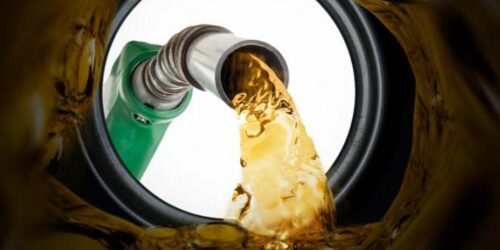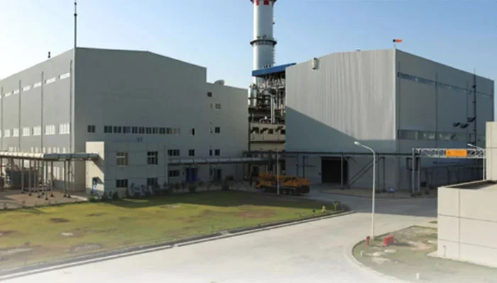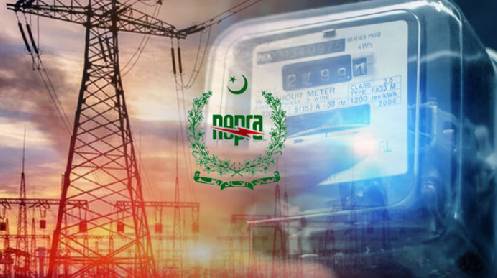The federal government will have to raise the petroleum levy (PL) to Rs 30 per litre, the maximum levy allowed under the existing legislation, if it is to minimise the shortfall of Rs 203 billion that it incurred under this head during July-October 2021.
Prime Minister Imran Khan while chairing Pakistan Tehreek-e-Insaf core committee meeting on 20 October pledged to not only provide support to the less-privileged under the Ehsaas programme but also to provide subsidised petrol to motorcycle and rickshaws.
The Rs-120 billion relief package is targeted to provide subsidy on three items notably ghee/cooking oil, and pulses but the pledge on subsidising petrol to motorcycles and rickshaws remains unmet so far, a concern that was voiced by members of the public in an anecdotal survey carried out by Business Recorder.
The precise scaling down of the budgeted target of Rs610 billion PL will depend on whether the negotiating members of the economic team can convince the International Monetary Fund (IMF) in the ongoing sixth review talks that there is the possibility of civil unrest if the PL is raised to its maximum at this time and/or that the shortfall can be met from some other revenue source.
An official of Petroleum Division told Business Recorder that a realistic target given the current socio-economic conditions is to scale down the PL target for current financial year to between Rs 450-500 billion.
PL July-August 2021 was zero while mid-September till-date it was levied at 5.62 per litre on petrol and Rs 5.14 per litre on HSD. At present, the Federal Board of Revenue (FBR) is also charging 6.84 percent sales tax on petrol and 10.32 percent on HSD against standard rate of 17 percent.
A complicating factor in the price of petroleum and products today is not only the rise in the international price of oil (price of Brent began increasing in 2021 and by October rose to $ 85 per barrel) but also the rupee dollar parity, economists pointed out to Business Recorder.
International price per barrel in 2008 peaked at around 147 dollars but domestic prices were Rs 87 per litre petrol and Rs 65 per litre HSD in 2008 – much lower than today given that the rupee dollar parity at the time was less than Rs 85.
Today the rupee dollar parity is around 170 subsequent to the recent injection of 3 billion dollars as well as 1.2 billion dollars deferred oil payment by Saudi Arabia (down from 175 a week ago) and at 85 dollar per barrel the price is as high as 137 rupees per litre petrol and 134 rupee per litre HSD.
In the last summary tabled before Prime Minister Imran Khan on October 31, 2021, Oil and Gas Regulatory Authority recommended a raise in POL prices by up to Rs 11 per litre, a recommendation based on keeping the PL and GST at the same rate as prevalent during the previous fortnight, but the Premier rejected the proposal.




